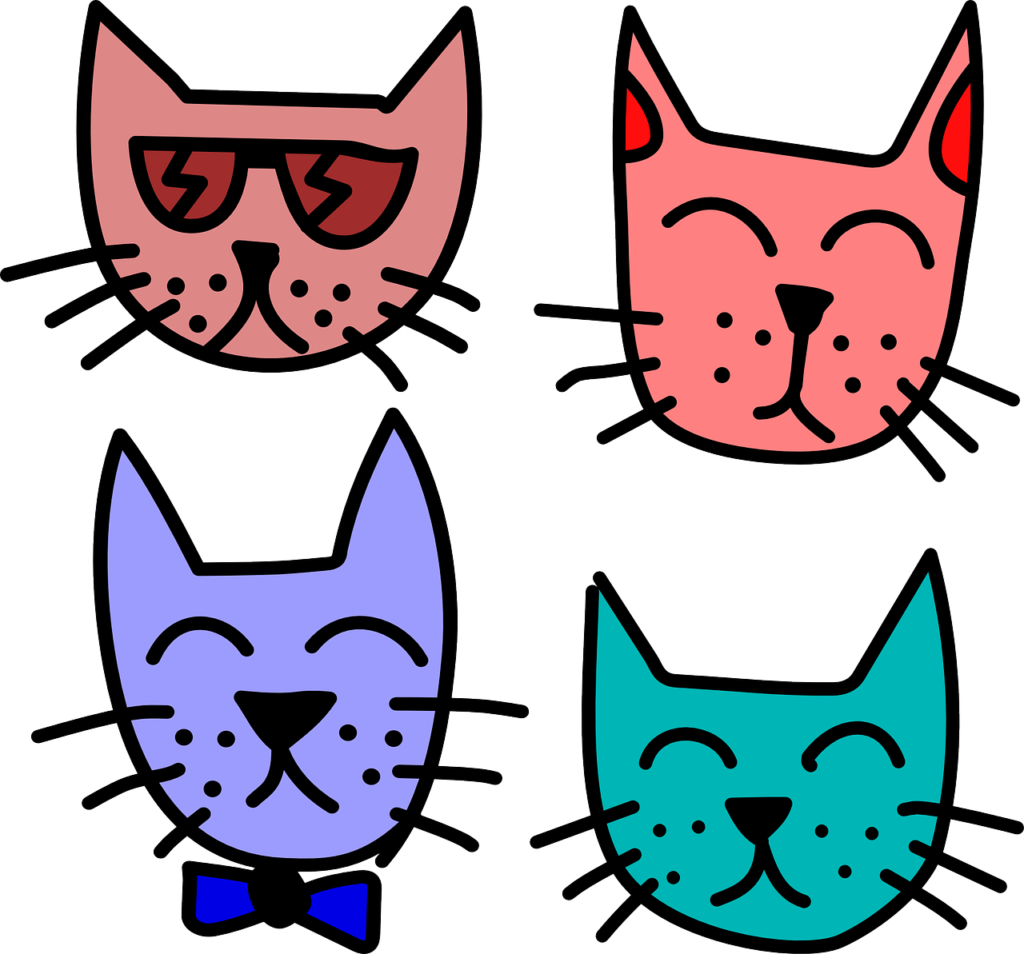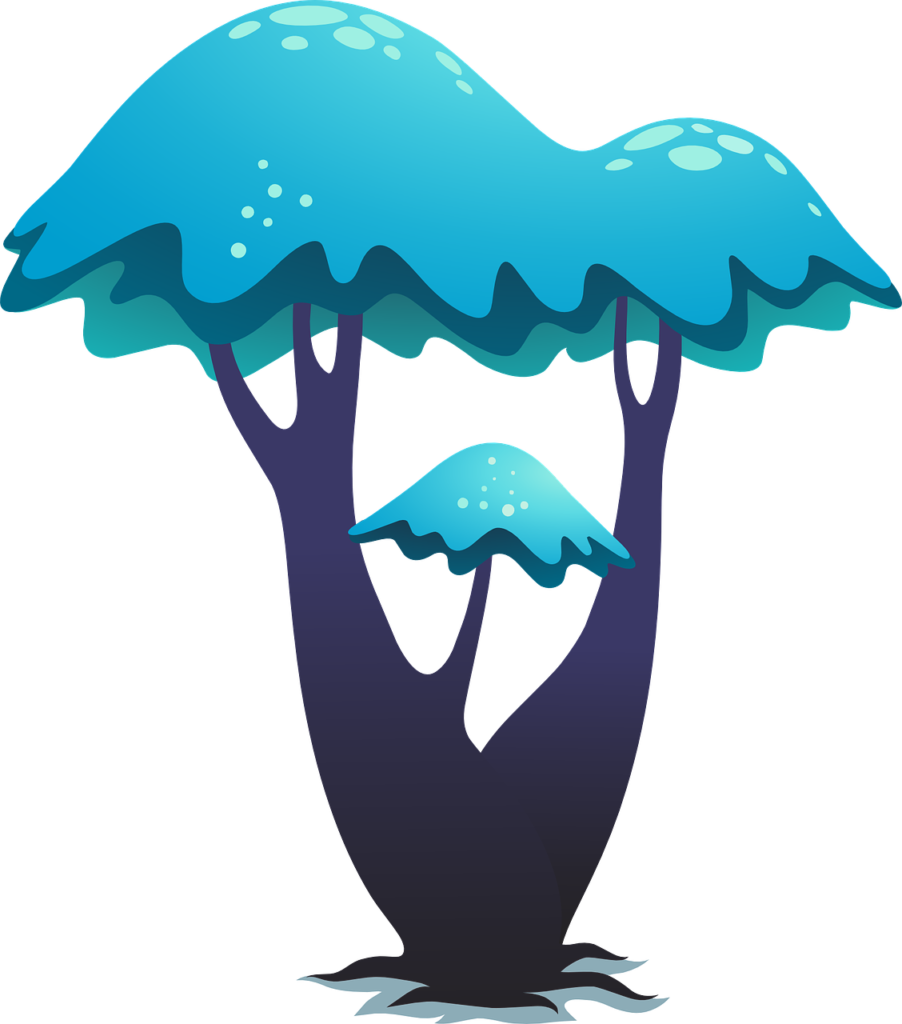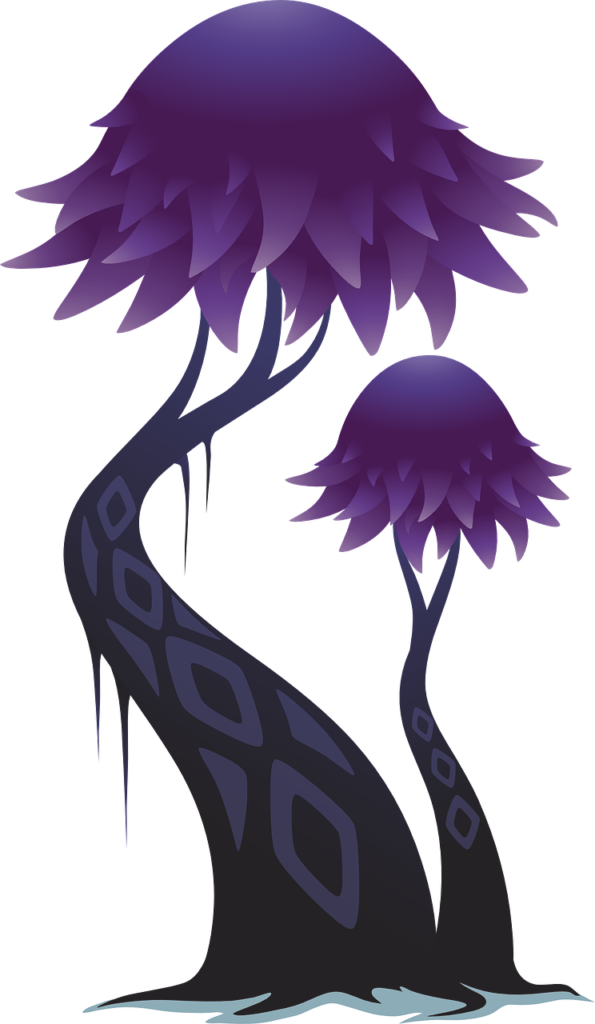How to Become a Cartoonist
So, what is a cartoonist definition? In the simplest terms, a cartoonist is an artist who specializes in drawing cartoons. These drawings can range from single-panel illustrations to extensive comic strips or even animated films. Whether it’s in print, online, or part of a multimedia project, cartooning is a versatile form of art that captures both humor and emotion, political satire and everyday life. This one-page guide aims to give you an in-depth understanding of how to embark on the fulfilling journey of becoming a cartoonist.

What Skills Do You Need?
One of the first questions aspiring cartoonists often ask is: “What does a cartoonist do on a daily basis?” The life of a daily cartoonist may involve sketching, brainstorming, developing storyboards, and even dealing with publishers or clients. But what foundational skills do you need to be a cartoonist?
Obtaining a well-crafted medical essay is made simple when you choose EssayPro. By selecting to get a medical essay from EssayPro, you gain access to a team of specialized writers with expertise in the field of medicine. Our professionals are well-versed in creating meticulously researched and accurately written medical essays on a variety of topics, ensuring your academic requirements are met. Trust in EssayPro to provide you with the support and expertise you need to excel in your medical studies.

Drawing Skills:
At the core, you need to have a decent level of artistic skill. However, you don’t have to be a ‘fine artist’ to be a successful cartoonist. Cartoons have their own stylistic elements that make them unique.
Creativity:
This goes beyond the ability to draw. You need to be able to think outside the box, come up with fresh ideas, and put a unique spin on even the most ordinary subjects.
Storytelling:
Whether it’s a single panel or a comic strip, your cartoons need to tell a story or make a point. Good storytelling engages the viewer and makes your work memorable.
Humor/ Wit:
A knack for humor can go a long way in cartooning. Even if your work isn’t focused on comedy, a humorous touch can make it more appealing.
Technical:
Familiarity with drawing software, graphic design tools, and other digital resources is increasingly essential in the modern landscape of cartooning.

Tools of the Trade
If you’re just starting out, the list of tools you might need can be overwhelming. However, you can categorize them into two main types: traditional and digital.
- Traditional Tools:
- Pencil and paper: The basics for sketching ideas.
- Inking pens: For defining your sketches.
- Colors: Colored pencils, markers, or watercolor, depending on your style.
- Digital Tools:
- Drawing Tablet: Tools like Wacom tablets can be invaluable.
- Software: Programs like Adobe Illustrator, Photoshop, or specialized software like Clip Studio Paint.
You don’t need to have all these tools right away. Many cartoonists start with just pencil and paper and gradually move on to more advanced tools.
This internet-based platform essayservice.com assists cholarship essays for high school seniors students in developing essays, with a focus on enhancing writing capabilities and comprehension of educational standards. It offers individualized guidance, constructive feedback, and a range of learning aids, all aimed at fostering academic growth and upholding scholarly honesty.

Educational Pathways
The journey to becoming a cartoonist is as varied and unique as the artists themselves. Understanding the available educational routes can make the difference in how swiftly and efficiently you acquire the skills needed for success in this field. So, how does one become educated in the realm of cartooning? Let’s delve deeper into the multiple pathways:
Self-Taught:
Many luminaries in the cartooning world began their journey without formal training, proving that talent, perseverance, and passion can guide one’s growth. Being self-taught offers flexibility and allows the artist to develop a unique style, free from the constraints of structured curriculum. It involves:
- Observational Sketching: Studying real-world scenarios, capturing expressions, emotions, and dynamics.
- Studying Established Works: Delving into comic strips, animations, and illustrations to understand techniques, framing, and storytelling.
- Consistent Practice: Like any other art form, regular practice is the key to mastery.
Online Courses:
In today’s digital era, there are a myriad of online platforms offering courses in cartooning, ranging from beginner to expert levels. These platforms can be a treasure trove for those looking to learn at their own pace.
- Diverse Offerings: From character design to storyboard creation, online courses cover a broad spectrum of cartooning aspects.
- Interactive Learning: Many courses offer interactive assignments, peer reviews, and feedback from instructors, ensuring practical learning.
- Flexibility: Learn anytime, anywhere, suiting your personal schedule and pace.
Art School:
Attending a dedicated art school or institution provides a structured curriculum and exposure to a myriad of artistic styles and techniques. While it can be an investment, the benefits are manifold.
- Comprehensive Curriculum: Detailed courses covering every facet of cartooning, from foundational drawing techniques to advanced digital tools.
- Peer Interaction: Engaging with fellow students can offer fresh perspectives, critiques, and collaborations.
- Industry Connections: Many institutions have ties with the industry, facilitating internships, workshops, and job placements.
Workshops/Seminars:
For those looking to get a concentrated dose of knowledge in a short span, workshops and seminars are ideal. Often hosted by experienced cartoonists or industry professionals, these sessions provide hands-on experience and direct interaction with experts.
- Focused Learning: Workshops usually target specific areas, such as character development, digital coloring, or narrative techniques.
- Networking Opportunities: Engaging with fellow attendees and experts can open doors to collaborations, job opportunities, or even mentorships.
Mentorship:
There’s an old saying, “When the student is ready, the teacher appears.” Finding a mentor in the field of cartooning can be a game-changer. This relationship offers:
- One-on-One Guidance: Personalized feedback, insights, and guidance tailored to your style and aspirations.
- Industry Knowledge: Learn the ins and outs of the cartooning business, from publishing to copyright issues.
- Growth Through Critique: Constructive feedback from someone who’s been there and done that can expedite your growth manifold.
In conclusion, the path to becoming a cartoonist is not linear. It’s a combination of education, experience, and personal growth. Whether you opt for a formal education or embark on a self-taught journey, remember that the cartooning world values originality, persistence, and passion above all.
Building a Portfolio
You might be wondering, “I’ve got some skills now—what’s the next step?” This is where building a portfolio comes in.
- Include a Range of Work: Show that you can do more than just one style or subject matter.
- Quality Over Quantity: Better to have a few excellent pieces than dozens of mediocre ones.
- Presentation: Whether it’s digital or printed, make sure your portfolio is organized and easy to navigate.
- Personal Projects: Include projects that you are passionate about, not just work you’ve done for clients.
- Online Presence: Consider building an online portfolio. Websites and social media platforms can be effective tools for showcasing your work to a wider audience.


Breaking Into the Industry
You’ve honed your skills, gathered your tools, and built a stellar portfolio—now what? Here’s how you can break into the industry:
- Networking: Make connections both online and offline. Attend industry events, engage with people on social media, and don’t be shy to reach out to established cartoonists for advice.
- Freelance Work: Many cartoonists start out as freelancers. Websites, magazines, and newspapers are often in need of quality cartoons.
- Internships: Working as an intern at a studio or for an established cartoonist can provide invaluable experience.
- Syndication: Though more difficult and less common, getting your comic strip syndicated can be a golden ticket into the industry.
- Special Opportunities: Keep an eye out for contests, calls for submissions, or other special opportunities that can get your work seen by a broader audience.


Staying Inspired and Continuing to Grow
What keeps a cartoonist going in the long run? Passion and a commitment to improving are key.
The field of cartooning is always evolving. Keep up to date with industry trends and tools.
Online forums, social media groups, and professional organizations can be fantastic sources of inspiration and support.
Don’t be afraid to seek critique and act on it to refine your skills.
Whether it’s mastering a new drawing technique or creating a long-form comic, set achievable yet challenging goals for yourself.

Conclusion and Resources
Becoming a cartoonist is a fulfilling journey that’s both challenging and rewarding. A cartoonist is not just someone who draws well, but an artist who knows how to capture life’s complexities in a compelling and often humorous way. You don’t have to be the next cartoonist behind Bugs Bunny to make a lasting impression in this diverse field.
For those looking to expand their knowledge and skills, here are some resources:
- Books: Titles like “Understanding Comics” by Scott McCloud or “How To Draw Cartoons and Caricatures” by Mark Linley can be incredibly helpful.
- Online Tutorials: Websites like YouTube offer free lessons on various cartooning techniques.
- Forums and Online Communities: Websites like Reddit and specialized art forums offer a place to share your work, get feedback, and connect with other cartoonists.
If you’re passionate about becoming a cartoonist, there’s no better time to start than now. The road might be long and challenging, but the reward—being able to bring joy, provoke thought, and tell stories through your art—is unparalleled.
Try to do something today!